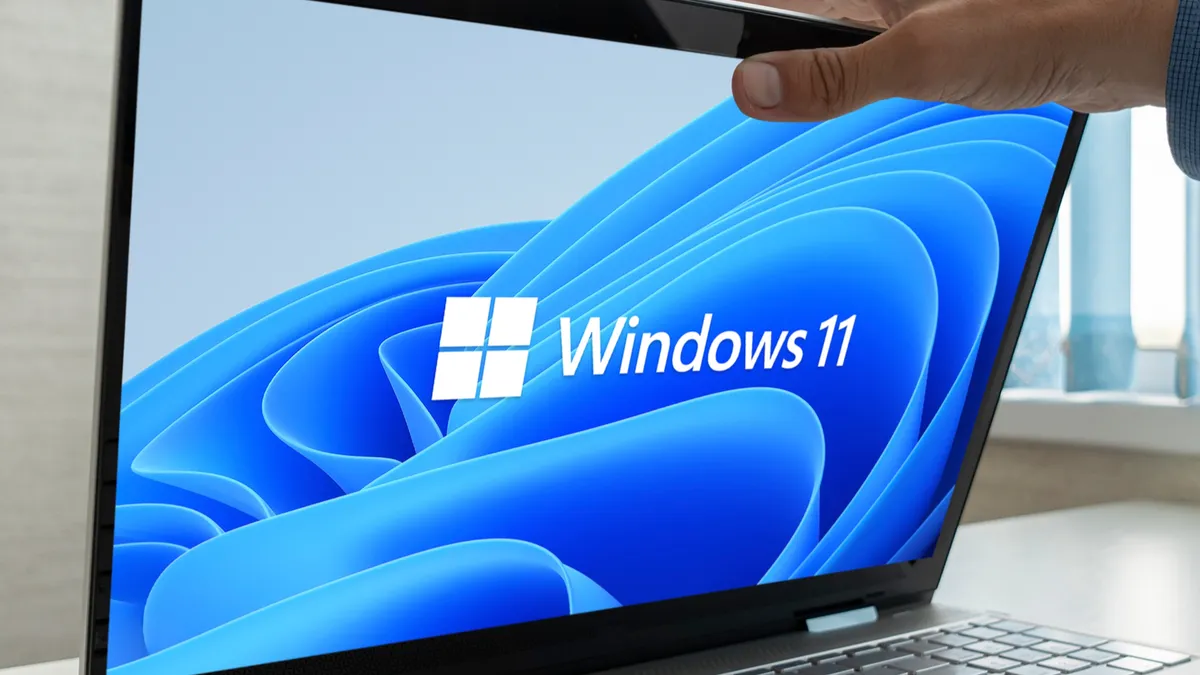Windows 11 has introduced a fresh design, smoother transitions, and an entirely new interface compared to its predecessors. While these improvements are visually appealing, many users are eager to unlock maximum speed and responsiveness from their systems. At WindowsGizmo, we have thoroughly tested different tweaks and methods to uncover the Best settings for Windows 11 performance, ensuring that everyday users, gamers, and professionals can enjoy the operating system without unnecessary slowdowns.
Why performance optimization matters in Windows 11
Although Windows 11 is optimized out of the box, not every PC will perform the same way. Different hardware setups, background processes, and default features can weigh down performance. This is why knowing the Best settings for Windows 11 performance makes such a big difference. Instead of simply accepting default configurations, careful adjustments let you balance smooth visuals with system responsiveness, ensuring that your machine runs at its full potential.
Disabling unnecessary startup processes
One of the most important aspects of improving responsiveness is reducing startup load. Windows 11 often activates many programs automatically at boot, consuming CPU and memory. During our WindowsGizmo tests, we found that optimizing startup applications is among the Best settings for Windows 11 performance, because it frees up system resources from the very beginning. With fewer apps launching at once, the operating system boots faster and remains more stable during longer use sessions.
Adjusting visual effects for smoother performance
Windows 11’s interface is visually rich, with rounded corners, animations, and transparency effects. While these features look modern, they can impact performance, especially on systems with limited hardware resources. In our testing, reducing or disabling unnecessary animations gave us a noticeable speed boost. For many users, this trade-off between appearance and efficiency is worth it. This tweak stands out as one of the Best settings for Windows 11 performance, because it creates a more responsive environment while still keeping the design attractive.
Power plan optimization
Power settings play a major role in how effectively Windows 11 balances performance with energy efficiency. By default, many PCs are set to balanced or power-saving modes, which prioritize energy conservation over speed. Switching to a high-performance power plan ensures that your CPU and GPU operate at their maximum potential. In the WindowsGizmo trials, enabling these power plan adjustments consistently ranked among the Best settings for Windows 11 performance, providing faster load times and smoother multitasking.
Keeping Windows updated and optimized
Updates may seem like an annoyance, but they often include critical patches and performance improvements. Running outdated versions of Windows 11 can limit efficiency and cause security risks. During testing, we found that applying the latest updates significantly improved compatibility with drivers and background processes. Staying current with system updates is therefore included in our list of Best settings for Windows 11 performance, as it ensures long-term stability and reliability.
Storage management and disk cleanup
Over time, temporary files, cached data, and unused applications clutter the storage drive. These unnecessary files slow down access speeds and overall system performance. In our experience, regular disk cleanup routines and the removal of bloatware were essential. These adjustments may seem simple but ranked highly in our analysis of the Best settings for Windows 11 performance. A streamlined storage system keeps read and write speeds optimized, directly impacting how quickly programs open and files load.
RAM and background service management
Random Access Memory is one of the most crucial components for smooth multitasking. Many Windows 11 users don’t realize that background services silently consume memory even when they aren’t actively needed. During our evaluation, reducing these background services provided noticeable responsiveness gains, especially for mid-range laptops. Fine-tuning RAM usage is undeniably one of the Best settings for Windows 11 performance, as it ensures that memory is available for the tasks that matter most.
Gaming and graphics performance tuning
Gamers often demand the maximum potential from Windows 11, making performance tuning even more critical. We found that adjusting GPU settings, enabling Game Mode, and disabling overlays greatly improved frame rates and reduced input lag. These adjustments fit seamlessly into our findings for the Best settings for Windows 11 performance, as they cater to users who rely heavily on graphical performance. By aligning system resources with gameplay needs, Windows 11 becomes far more capable of delivering a fluid gaming experience.
Security and performance balance
Some users worry that disabling security features might increase performance. However, our tests confirmed that maintaining essential security settings is crucial. Instead of turning them off completely, fine-tuning the way Windows Defender scans and schedules tasks delivers a balance between safety and speed. This careful adjustment is included in our selection of the Best settings for Windows 11 performance, because it shows that security does not have to come at the cost of responsiveness.
Long-term system maintenance
Performance tuning isn’t just about one-time changes—it’s also about consistent maintenance. WindowsGizmo testing revealed that regularly monitoring system health, driver updates, and storage space contributed to sustained improvements. Without long-term care, even the Best settings for Windows 11 performance lose their effectiveness over time. Users who adopt ongoing maintenance practices enjoy the most stable and reliable computing experience.
WindowsGizmo final verdict
After weeks of hands-on testing, WindowsGizmo confidently recommends a series of tweaks and practices that together form the Best settings for Windows 11 performance. From startup optimization and power plan adjustments to regular updates and long-term maintenance, these improvements ensure that users get the maximum out of their hardware. Whether you’re a professional managing heavy workloads, a student running everyday tasks, or a gamer demanding speed, Windows 11 can be shaped into a faster, more efficient operating system with the right adjustments.











Leave a Reply